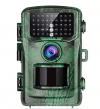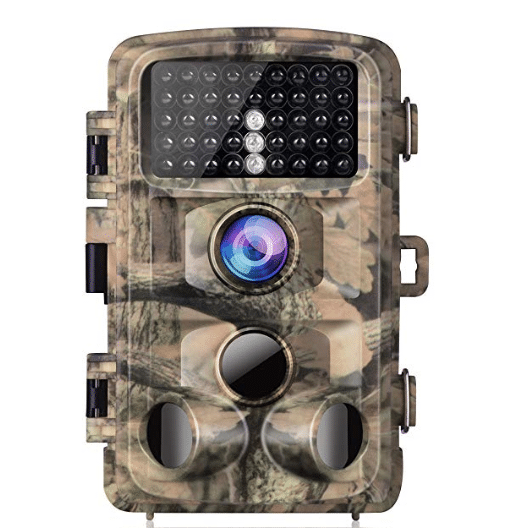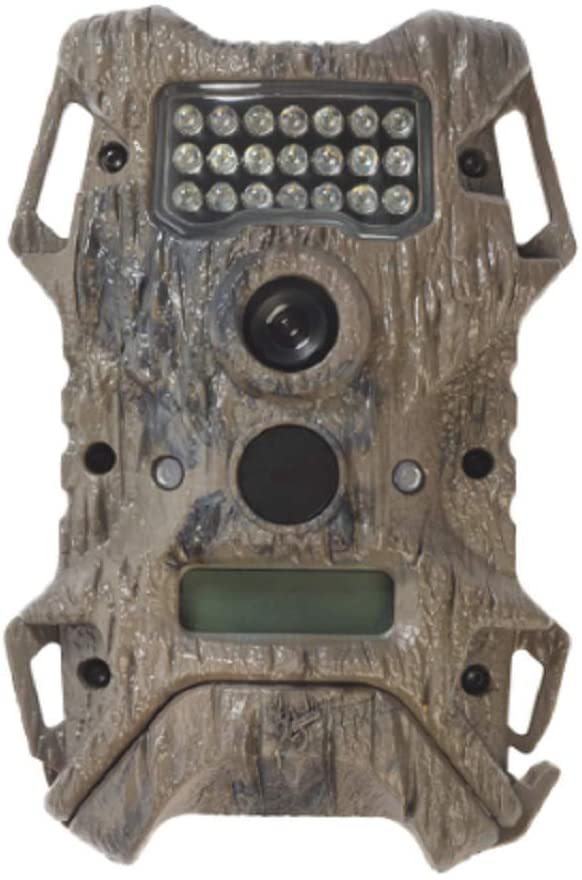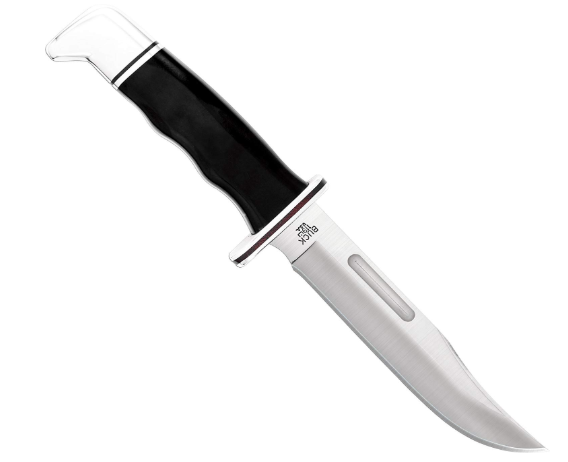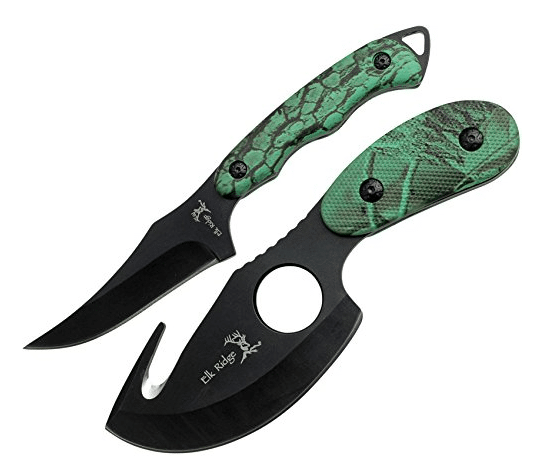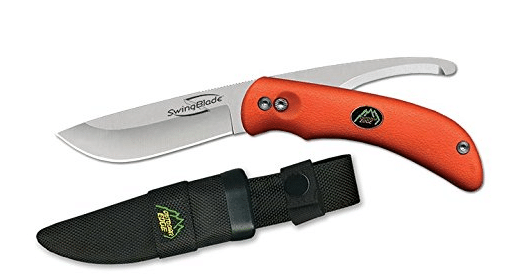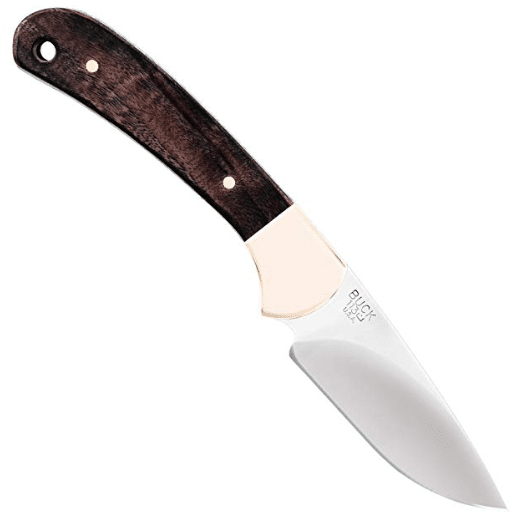You might be new to hunting, or maybe you just haven’t taken the time to dig in on what is a trail camera. A trail camera is a small photo or video device used by hunters to monitor the behavior and movement of the animals within their hunting property. With the information being provided by these cameras, hunters can put together an effective strategy for hunting game.
Why use a trail camera for hunting?
Aside from helping you plan out your hunting approach, there are plenty of reasons why you should use a trail camera. They are as follows.
- Lookout
Using trail cameras will eliminate the need for you to watch the game trails deer visit, or will potentially visit. Meaning, you do not have to be physically present in the field or in the woods while trying to keep an eye on your favorite hunting property.
- Will not scare off the game
Trail cameras, if installed in the right location, will help you spot the game without spooking animals, or leaving scent in a hunting area.It will give you better chances of profiling the animal without worrying that it will know you have been in the area.
- Capture better images
Aside from recording the movement and behavior of the deer you are hunting; a high-quality trail camera will also provide you with clearer and better pictures of the animals. I don’t personally hunt over corn, but pending your state, pre-season scouting can be made really easy by adding cameras and a pile of corn in a favorite hunting area, to see what is in the neighborhood.
- Be in many places at once
My favorite benefit that you can get from using trail cameras is that these clever devices will allow you to be in several areas within your property at the same time. They will provide you with the best options while hunting.
The Best Places to Put a Trail Camera
Setting up or installing trail cameras may sound like an easy job. Technically, as long as you have a manual or you know how to operate the cameras, you can easily install them anywhere you want. Turning the camera on is a breeze, but finding a good spot for a camera is a different story. You can find more intel about “where to find deer” here. Same would typically apply for where to place a camera.
If you want to capture as many bucks as possible, you need to put your trail cameras in strategic places within the property. For this to be possible, you must consider the season, the location, and the purpose your camera will serve in your hunting activity.
The right camera placement will ensure that you will get detailed information about the animal you are hunting in every image that it will take. Now here are some helpful recommendations on where to put your trail cameras depending on the hunting season.
Spring and Summer
Spring and summer are considered the best seasons to monitor your deer herd and analyze the kinds of bucks that you will come across with when fall arrives. During these two seasons, it is best to place your trail cameras in locations where food is abundant. These places include but are not limited to soybean fields, summer flood plots, some heavily used travel trails.
However, the best spot to set up your trail cameras during these seasons are on mineral licks and corn piles. These will give you better access to some low-impact locations like field edges. You may also consider putting a trail camera near watering holes and other bodies of water because they are heavily visited by deer when the weather is hot. This is especially true in arid/desert regions for deer.
Fall
Fall is the time of the year when bucks shed their velvet. This process changes the behavior and travel patterns of bucks during fall. This shift in their traveling patterns starts showing off from late summer throughout fall. During this period, it is best to move your trail cameras from their initial positions to heavily traveled trails commonly found between food sources and bedding areas. Deer become attracted to apples, acorns, and chestnut trees during fall.
Aside from placing your trail camera in natural land pinch points, you may also put them over scrapes. The latter is situated beneath low-hanging tree branches usually frequented by bucks. Before setting up your device, make sure that you have your scent under control and that you pay close attention to exit and entry routes. Some deer are scared of foreign objects, so ensure that you don’t place your camera directly over scrapes but at least a few yards away from it.
Winter
Once fall is over and the deer hunting season draws closer to its end, start moving your trail cameras back to where food sources will be abundant. From being overly sensitive and hyper during fall, deer start going back to their normal behavior and will pay more of their attention back to food. During this season, your camera will give you a clearer view of how your herd is enduring the cold winter months.
Camera Set Up
Here are some of the things that you should remember when setting up your trail cameras.
- The best time to set up or install your cameras is mid-day. Also, it is highly recommended to install them right after a light rain or drizzle because the wet environment will help minimize your scent.
- Make sure to hang or strap your camera securely to its place. Ensure that it is facing the right direction where you believe the deer are frequently traveling and that it is elevated just right for the sensor to pick up the presence of the animal.
- Always make sure that your device has fresh batteries and SD card. Buying 2 cards per camera is ideal if you don’t have a cell signal/wireless signal camera, so you can rotate the card every time you check the camera (otherwise you will need to stand there and check hundreds of pictures in a potentially prime hunting spot). Strategically place it at least facing the northern or southern direction, so it will not capture too many shadows created by the sun’s movement.
- Check your cameras at least once every two weeks to make sure that they are in right conditions.
Best Trail Cameras for Deer Hunting
Choosing the right trail cameras for deer hunting is key if you want to get detailed photos of your herd and monitor their behavior. If you are still unsure of what cameras to buy, here are a few that we can recommend.
Moultrie Cell Camera – 6000
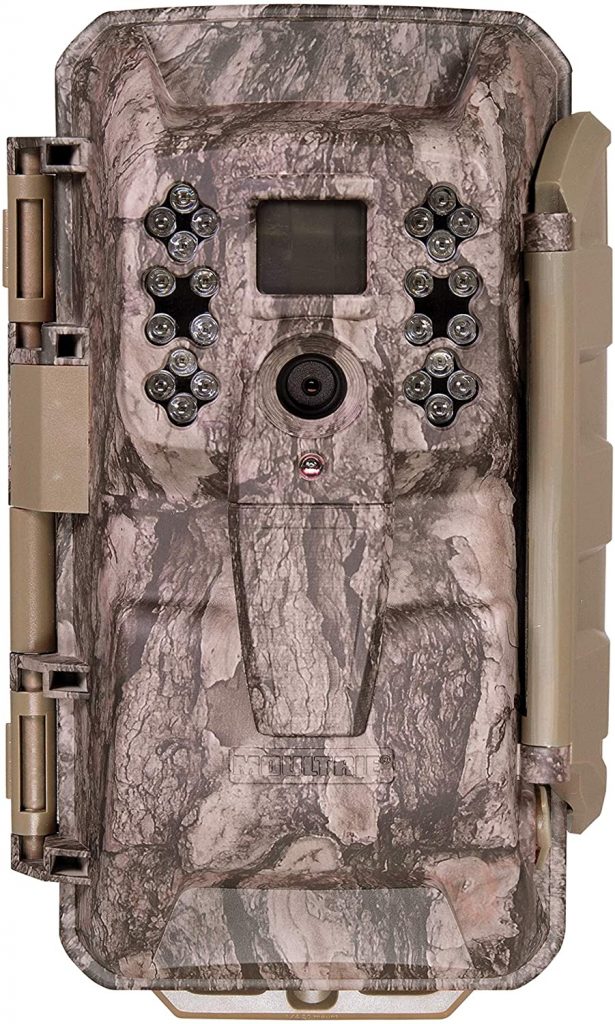
If you want an excellent cell / wireless camera at an affordable price, the Moultrie 6000 Cell Cam is the right choice for you. This camera has served me well for a long time. Exceptional battery life, even using cell signal. Great quality pictures both day and night. Easy to set up! Moultrie also has an awesome app for their cameras, with GPS and Photo Storage, tagging, and animal ID features. This camera has a big bang for the buck. You can check price on the button above, but typically goes for less than $100.
CAMPARK Trail Game Camera
The Campark Trail Camera is equipped with a camera that captures 14-megapixel images and records full HD 1080P videos. It has a 0.3s trigger speed that detects movements without delay, ensuring that you will not let miss the most critical moments of the hunt. The Campark Trail Camera has excellent sensitivity and night vision which makes it the best choice if you want to monitor the herd in the dark. It is equipped with a 120-degree wide angle lens to ensure that will get a broader view of the surrounding. (Not cell ready)
Wild Game Innovations Terra Extreme
Last but not the least is the Wild Game Innovations entry level camera. For under $50, this little guy is a tank. Pictures are high quality, battery life is great, and works in low or no lights too. Unlike its contemporaries, this device shoots 14MP clear images. This camera also has a sensitive range of up to 60+ feet. An added perk is you can swap SD cards from the bottom, so it wont mess up your straps. A last nice to have from this camera is the bungees are very sturdy, compared to some of the other straps available in the market.
Key Takeaways
- Always consider the season when looking for an ideal place for your trail camera.
- Make sure that you did everything to minimize your scent while installing your trail cameras.
- There are plenty of trail cameras available in the market but make sure that you buy the ones that suit your hunting property and goals.
- Invest in trail cameras that are durable and have excellent specifications if you want to increase your chance of capturing as many deer as you can.
While you are here, you may want to check out:
